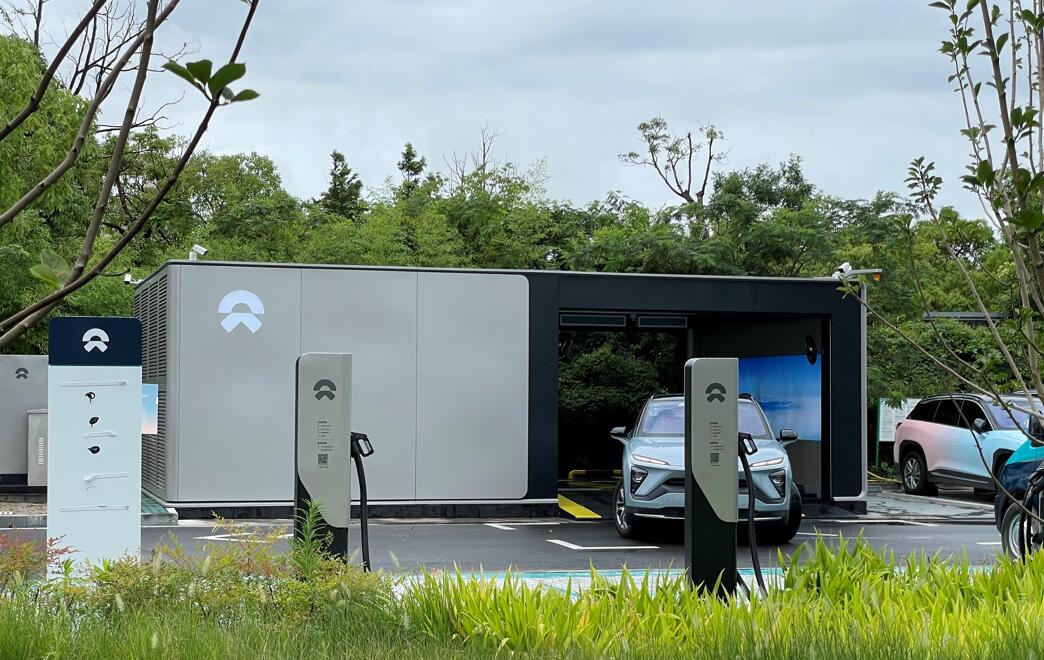China aims to form a moderately advanced, intelligent and efficient charging infrastructure system by 2025.

(Image credit: CnEVPost)
China's policies to support the new energy vehicle (NEV) industry are continuing to roll out.
The National Development and Reform Commission (NDRC) - the country's top economic planner - today released an implementation plan on its website to further enhance the capacity of electric vehicle charging infrastructure services.
China aims to further improve EV charging service capacity by the end of its 14th Five-Year Plan (2021-2025), forming a charging infrastructure system that is moderately advanced, balanced in layout, intelligent and efficient, according to the plan.
By then, the system will be able to meet the charging needs of more than 20 million EVs, the plan, jointly developed by 10 departments including the NDRC, the National Energy Administration and the Ministry of Industry and Information Technology, says.
By the end of 2021, China had 7.84 million NEVs, an increase of 2.92 million, or 59.25 percent, from 2020, after excluding the number of scrapped vehicles, according to data released last week by China's Ministry of Public Security.
To meet the latest target, the NDRC said China will accelerate the construction of charging facilities in residential communities, including promoting the installation of facilities in existing communities and ensuring that new communities have fixed parking spaces reserved for such facilities.
China will prioritize the use of land resources, including stock parking lots, and will build public charging stations with new land supply, according to the plan.
The country will accelerate the development of a phased coverage program for highway fast-charging networks in each province, and include fast-charging stations in the scope of service area infrastructure.
China aims to have no less than 80 percent coverage of fast-charging stations in highway service areas in national ecological pilot zones and key regions for air pollution prevention and control, and no less than 60 percent in other regions by 2025, according to the plan.
The plan also mentions that China will support the construction of dedicated battery swap stations around scenarios including mines, ports, and urban transit.
China will accelerate the exploration and promotion of body and battery separation models to promote the transition to electrification in areas such as heavy-duty trucks and trucks inside ports.
The country will explore shared battery swap models in areas such as cabs and logistics and transportation, according to the plan.
China will also optimize its financial support policies and give financial support to the construction of charging piles as public facilities, the plan says.
Nio partners with IKEA, 800th swap station in China goes online
